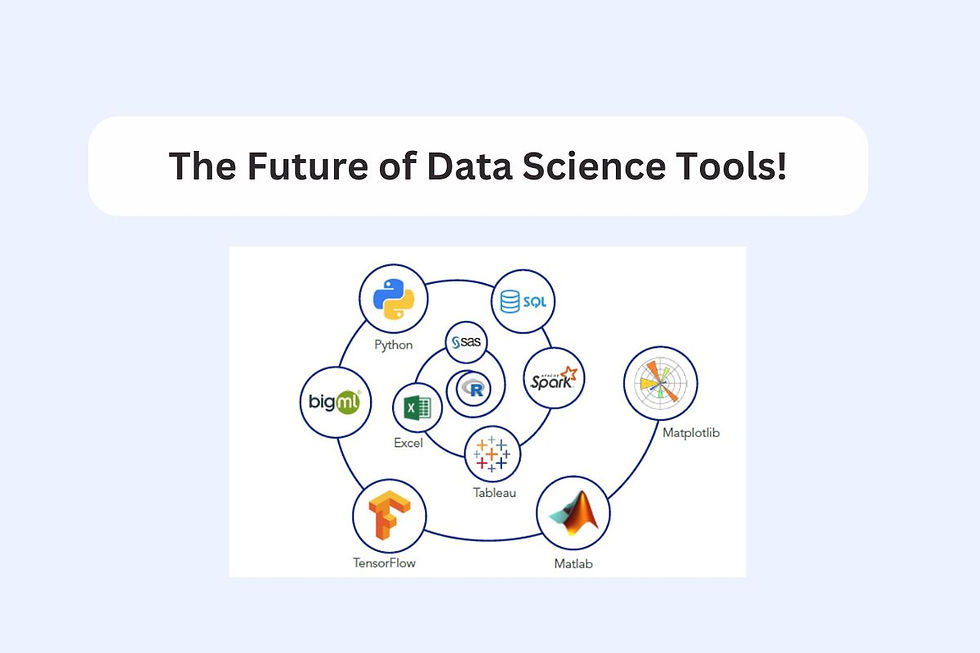Exploring the Future of HTML5 in Web Development
- archi jain

- Oct 9, 2024
- 4 min read

HTML5 has revolutionized web development since its introduction, bringing a wealth of new features and capabilities that enhance user experiences. As we look to the future, understanding HTML5's ongoing evolution is crucial for developers, designers, and businesses alike. This article explores the current state of HTML5, its future trends, and what it means for web development.
What is HTML5?
HTML5 is the fifth major revision of the HyperText Markup Language (HTML), which is the standard language for creating web pages. It was designed to improve the structure and presentation of web content while providing new functionalities, such as:
Multimedia support: HTML5 introduced native support for audio and video playback without the need for third-party plugins like Flash.
Enhanced forms: New input types and attributes streamline user data collection and improve validation.
Canvas element: This allows developers to create graphics and animations on-the-fly using JavaScript.
Semantic elements: Tags like <article>, <section>, and <header> enhance the meaning of web content, improving accessibility and SEO.
The Current Landscape of HTML5
HTML5 is now a standard for web development. Most modern browsers support its features, and developers have widely adopted it for creating responsive, interactive websites. Major platforms like Google, Facebook, and Twitter use HTML5 to deliver rich web applications.
Key Features in Use
Responsive Design: HTML5 works seamlessly with CSS3 and JavaScript to create responsive layouts that adapt to different devices, from desktops to smartphones.
Offline Capabilities: HTML5 introduced technologies like the Application Cache and Local Storage, enabling web applications to function offline or with limited connectivity.
APIs for Enhanced Functionality: HTML5 comes with a range of APIs, such as Geolocation, Web Storage, and Web Workers, allowing developers to build more complex and efficient applications.
Accessibility Improvements: With semantic elements and ARIA (Accessible Rich Internet Applications) roles, HTML5 supports better accessibility for users with disabilities.
The Future of HTML5
While HTML5 is already a powerful tool, its future looks even brighter. Several trends and technologies are shaping the next phase of web development.
1. Web Components
Web Components is a set of standards that allow developers to create reusable custom elements. By encapsulating HTML, CSS, and JavaScript, developers can build complex interfaces that are easy to maintain and share across projects. This modular approach fosters collaboration and speeds up development cycles.
2. Progressive Web Apps (PWAs)
PWAs combine the best of web and mobile applications. They use modern web capabilities to deliver an app-like experience directly in the browser. Key features include:
Offline functionality: Leveraging service workers to cache assets and data.
Push notifications: Keeping users engaged with timely updates.
Installation: Users can install PWAs on their devices, making them accessible from the home screen.
As more businesses recognize the benefits of PWAs, HTML5 will play a pivotal role in their development.
3. Virtual and Augmented Reality
HTML5 is also making strides in the realms of virtual reality (VR) and augmented reality (AR). With frameworks like A-Frame and Babylon.js, developers can create immersive experiences directly in the browser. These technologies are opening new avenues for gaming, education, and e-commerce, enhancing how users interact with digital content.
4. Integration with AI and Machine Learning
As AI and machine learning continue to advance, HTML5 will likely incorporate new APIs that allow developers to create smarter applications. This includes everything from chatbots to personalized user experiences, making websites more intuitive and engaging.
5. Enhanced Security Features
As web applications become more complex and data-driven, security will remain a top priority. Future iterations of HTML5 may introduce enhanced security features, such as better handling of cross-origin resource sharing (CORS) and more robust authentication methods. Developers will need to stay informed about best practices to protect user data.
Challenges Ahead
Despite its many advantages, HTML5 also faces challenges. Here are some key concerns:
Browser Compatibility: While most modern browsers support HTML5, inconsistencies can still occur. Developers need to ensure that their applications work seamlessly across different environments.
Learning Curve: As HTML5 continues to evolve, keeping up with new features and best practices can be daunting for developers. Ongoing education and community support are essential.
Performance Optimization: While HTML5 offers powerful features, poorly optimized code can lead to slow loading times and poor performance. Developers must prioritize efficient coding practices to deliver a smooth user experience.
Full Stack Development Course in India
For those looking to deepen their understanding of HTML5 and its applications, enrolling in a Full Stack Development course in Noida, Delhi, Gurgaon, and other locations in India can be a great opportunity. These courses typically cover a wide range of topics, including HTML5, CSS, JavaScript, and backend technologies, equipping students with the skills needed to build modern, responsive web applications.
Benefits of Taking a Full Stack Development Course
Comprehensive Skill Set: You'll gain expertise in both front-end and back-end technologies, making you a versatile developer.
Hands-On Experience: Many courses offer practical projects, allowing you to apply your knowledge in real-world scenarios.
Career Opportunities: Full stack developers are in high demand, and completing a course can enhance your job prospects in the tech industry.
Networking: Engaging with instructors and fellow students can open doors to collaboration and job opportunities.
Conclusion
HTML5 has transformed the web development landscape, and its future is filled with exciting possibilities. From web components to progressive web apps, the evolution of HTML5 will continue to enhance user experiences and streamline development processes. By staying informed about emerging trends and technologies, developers can leverage HTML5 to create innovative, responsive, and accessible web applications.
As we move forward, embracing the future of HTML5 will be essential for anyone involved in web development, ensuring that they remain at the forefront of the digital world.








Comments